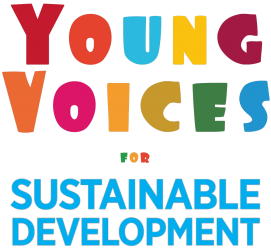
The stork is a migratory bird whose span in white or black storks up to 2.20 meters measures. Storks are carnivores and almost on located on all continents. Storks can go up become 35 years old and prefer damp biotopes.

In winter they move to the warm south and then often in Sub-Saharan Africa
encountered. There are in the nature park Drömling in Saxony-Anhalt
more than 40 white stork breeding pairs and even the on the red list of endangered animals Black Stork finds in the “Land of a Thousand Trenches”
his home.

The biggest threats to storks are in Pesticides infested insects by them be eaten and death by accidents Collision with motor vehicles or power lines. Through medium-voltage overhead lines and Railway overhead lines are getting many each year Storks injured or equal to the electric shock
killed.

Also in their winter quarters in Africa threatens death by hyenas and jackals. The White Stork, also known as the Rattling Stork is in many cultures as a lucky charm or bearer of newborns.

In our fairy tale Kalif Storch experience the migratory birds an exciting Adventures during their winter quarters that the Children tell us here in Drömling. Help to preserve the habitats for storks and expand, so that more of these wonderful Birds can live with us.

With the natural fairy tale Kalif Storch the children of the 5th grade from the Drömlingschule in Oebisfelde, the YOUNG VOICES for SUSTAINABLE DEVELOPMENT, are committed to more environmental awareness and especially to more protection of migratory birds in general and the stork in particular.
Kalif Storch is part of the environmental fairytale campaign Nawa & Bubo powered by Explority. To learn more about this program click here





